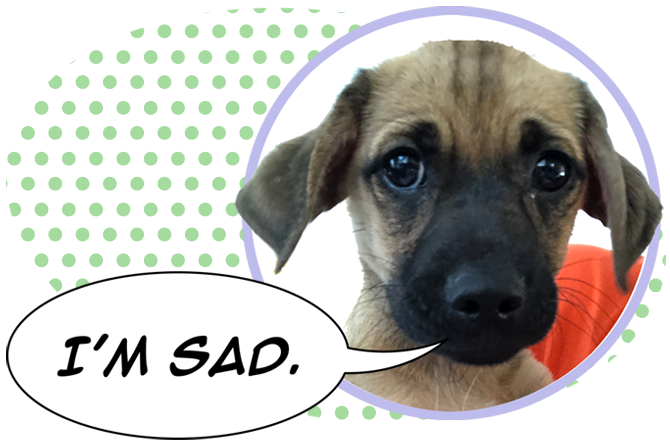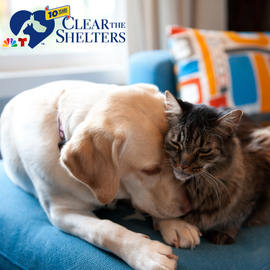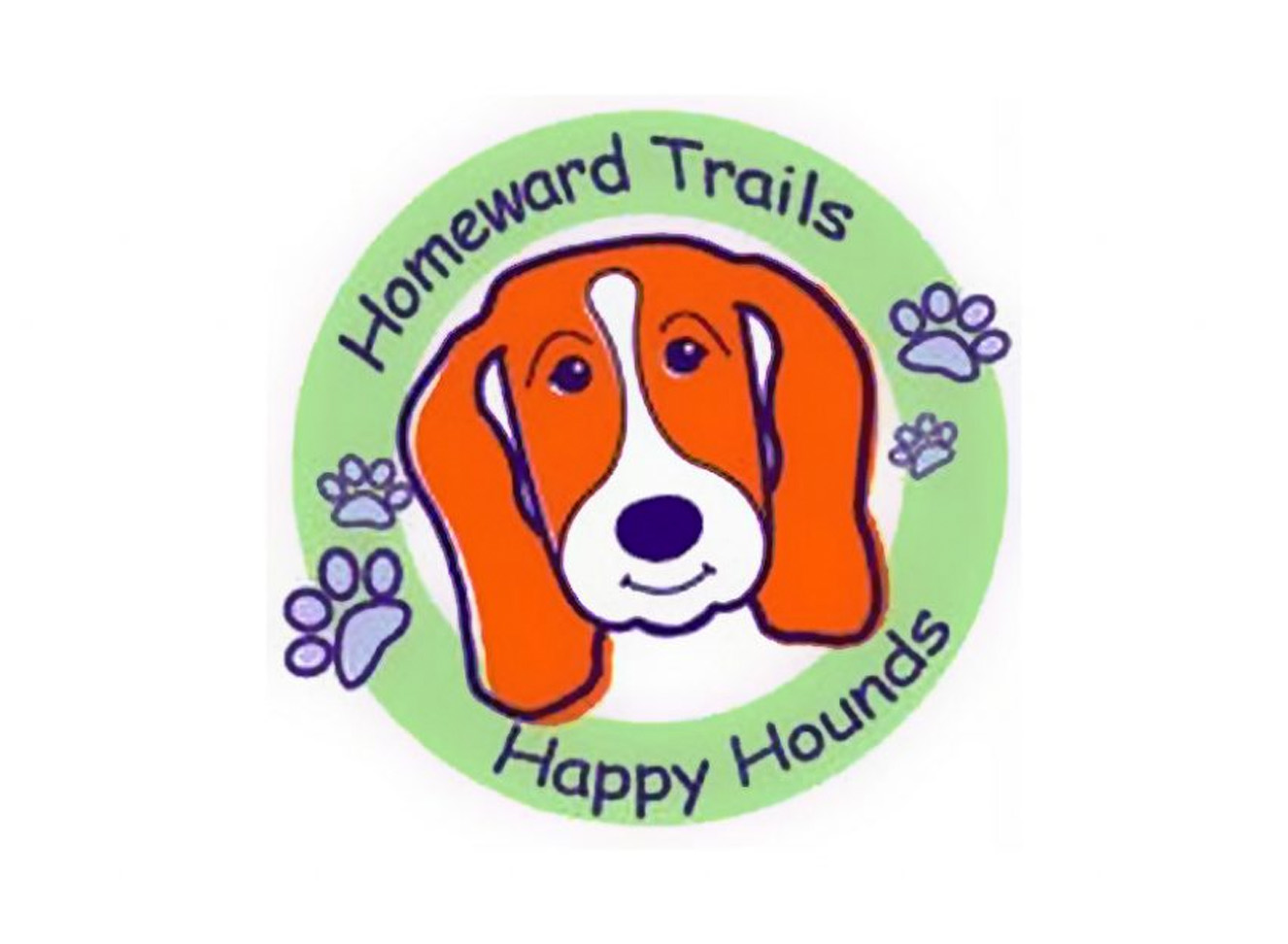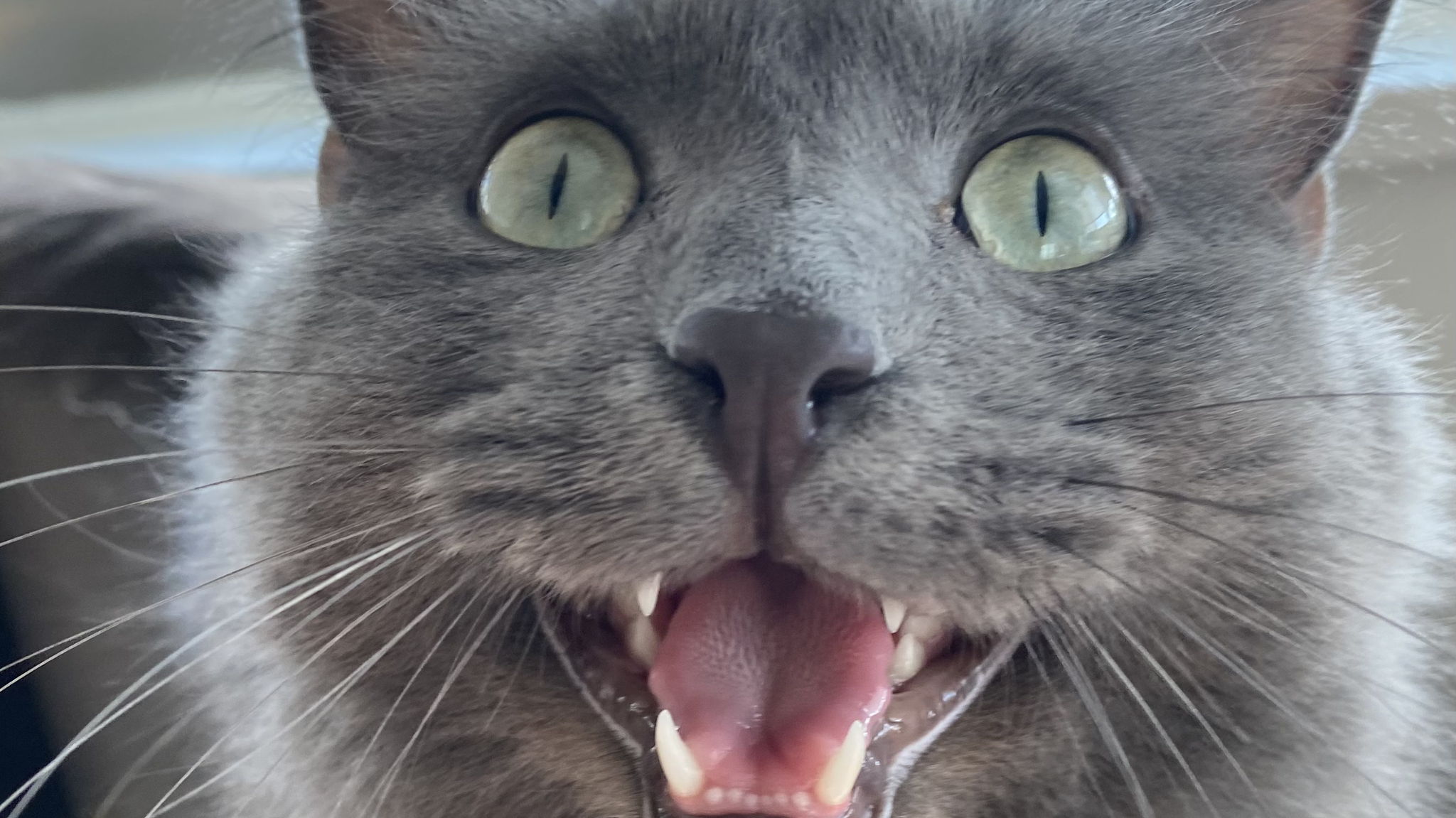Introducing Dogs to Dogs HOMEWARD TRAILS RESOURCE LIBRARY: DOGS!
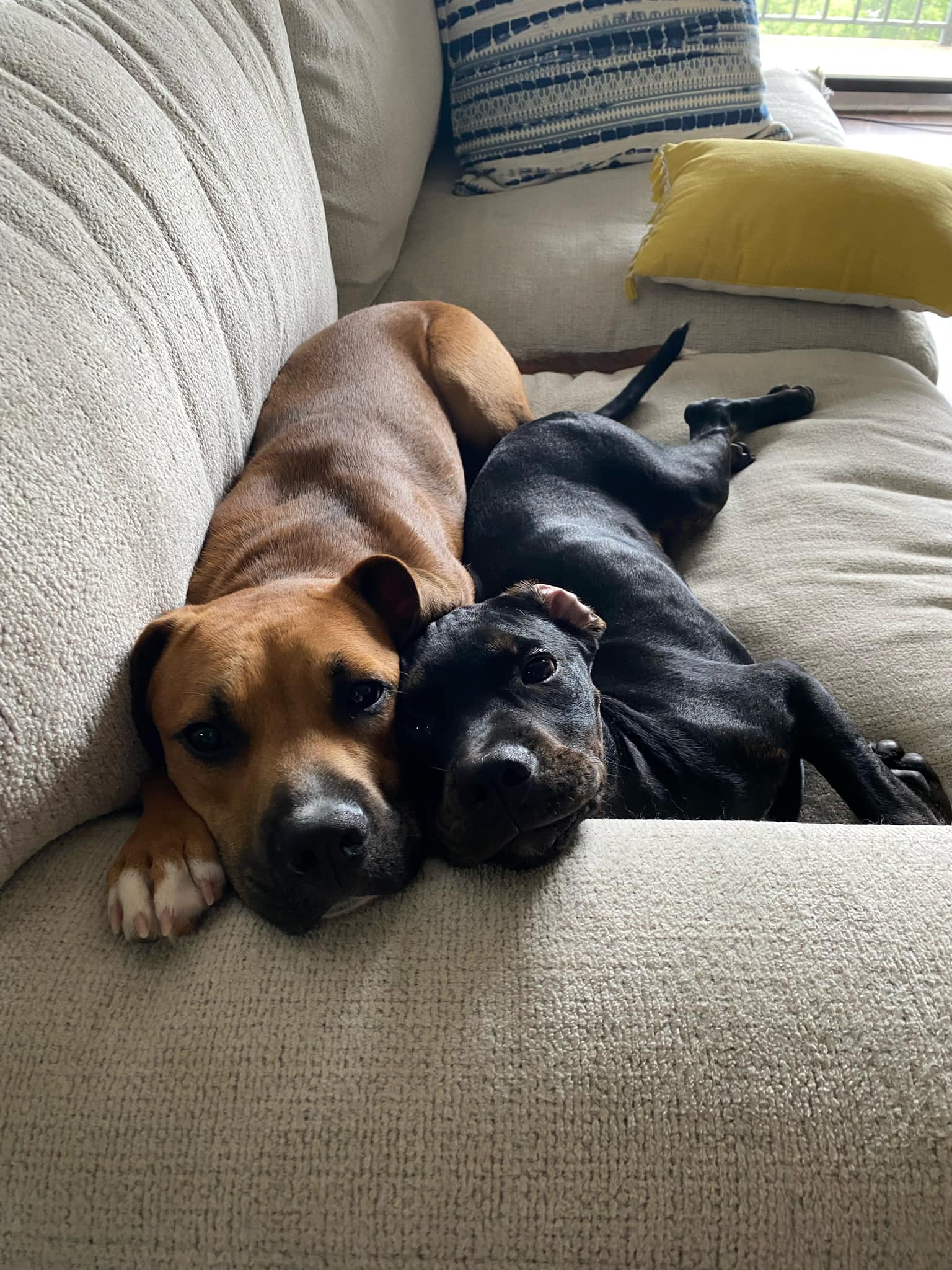
Many people do not give two dogs time to adequately adjust to one another before deciding that having two dogs will simply not work.
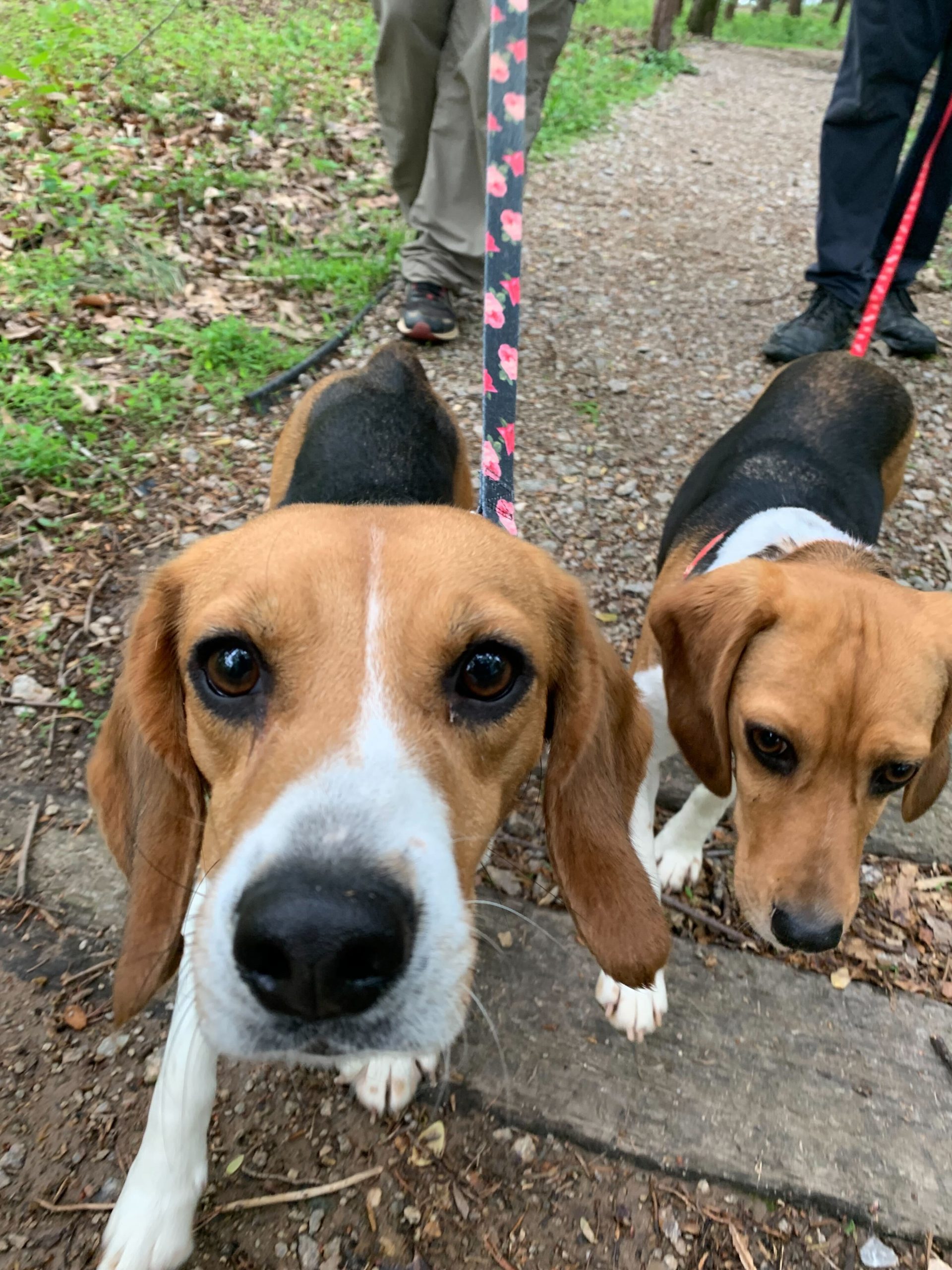
It can take up to one month for an old dog and new dog to really settle in and accept each other’s position in the pack. If you want a second dog, you need to be ready to commit to this process and not panic. Below is info to help you decide whether this step is for you and if so, how to make it successful. Often, after an adjustment period, the old dog and new dog will truly enjoy each other. You’d be surprised at how two dogs who appeared to really dislike each other can become best friends after a short while.
On Leash
Intro
Have someone else meet you on neutral territory with your current dog. Let them sniff each other and then consider taking them both for a walk around the block. Watch for signs of dislike or aggression. Don’t allow one or the other to snap or bite at the other one.
Off Leash
Intro
After it looks like they are OK around each other, you can have them meet off leash. Keep in mind that many dogs are fine together off leash. Often, when a dog is on a leash, he/she can show aggression, which is simply a way of trying to establish dominance or trying to protect you, the owner. Don’t immediately assume that they will not get along when you see this behavior on leash. However, be cautious about introducing them off leash if there is a lot of aggression shown. It is usually a good idea to introduce the dogs with one other person and to leave the leashes on, letting the dogs drag them. It’s much easier to break up a dog fight by grabbing leashes than by putting your body between two fighting dogs.
Take It
Indoors
After you introduce them in neutral territory and they seem to be okay, you can introduce them inside your house. Once inside you could still have territorial disputes over toys, attention, etc. Keep in mind — one dog will become the alpha dog and you can’t help decide which one that will be. This may develop over time but at some point only one will be the alpha. Do not immediately break up squabbles unless one or both dogs is fighting aggressively. Snapping, barking and herding are ways that dogs show dominance over others and establish the alpha position. Keep one or both on leashes initially so that if a dispute develops you can stop it by pulling them away using the leashes.
No
Fighting!
Make it clear to both of them that fighting is not allowed behavior (you may not even have to deal with this problem — but you never know). If you have to break up a fight — give them both a “time out by confining in a crate or separate area for a few minutes. After a while you’ll be able to recognize when one “sibling” wants to pick a squabble with the other one and stop it before it starts. Watch for one dog staring at the other one and the one being stared at acting uneasily or getting “huffed up”.
Always
Supervise
Don’t leave new/old dogs alone together when you are not thereto keep an eye on them. Don’t take a chance that a dog fight won’t occur while you are gone. It’s not worth an injured or dead dog. Crate them both, or if the “old” dog is used to being free in the house, crate the “new” dog in another room. Leave the door closed so the uncrated dog can’t taunt him through the bars. (Yes, it does happen. Dogs will act just like kids sometimes). This can be relaxed to separate only with a baby gate eventually and if behavior warrants.
Feed
Seperately
Feed them in separate areas- for example, put one dog in the laundry room off the kitchen with a baby gate closure, and feed the other one in another part of the kitchen where they can’t see each other eat. Food is a great fight starter, especially if you have one that gobbles and one that picks through every bite. Once alpha dog has been established, you can help prevent spats by recognizing the alpha dog as alpha. Give the alpha dog treats first, let the alpha dog out the door first, etc. Helps keep order in the pack. You, of course, will be alpha over both of them.
Avoid
Jealousy
Jealousy can be a problem when another dog comes into the household. Be sure to pay attention to both and not baby the newcomer. He’ll fit in eventually. The “old” dog may need reassurances that you still love him. It’s a good idea to give each one some separate attention without the other one around to try to horn in.
Sleep
Peacefully
Don’t change sleeping arrangements for the current dog. If she sleeps on the bed with you continue to let her, but we suggest putting the new dog in a crate in your bedroom or somewhere else if that is what you choose. You’ll also want him crated until housebreaking has been reestablished and is very reliable. Whatever you prefer for an arrangement do it from the start. We don’t recommend having the new dog sleep on the bed right off the bat. This could cause a territory dispute (territory is you) and cause some stress for the old dog because her world has changed.
Hire a
Trainer
Working with a trainer one-on-one is ALWAYS a good way to go. It helps both dogs recognize you as the alpha and it can help you recognize triggers of fighting and ways to handle it. It will also help you bond as a family and get to know each other in a firm, but positive way. Training is one of the best things you can do when entering into a partnership with any animal!
